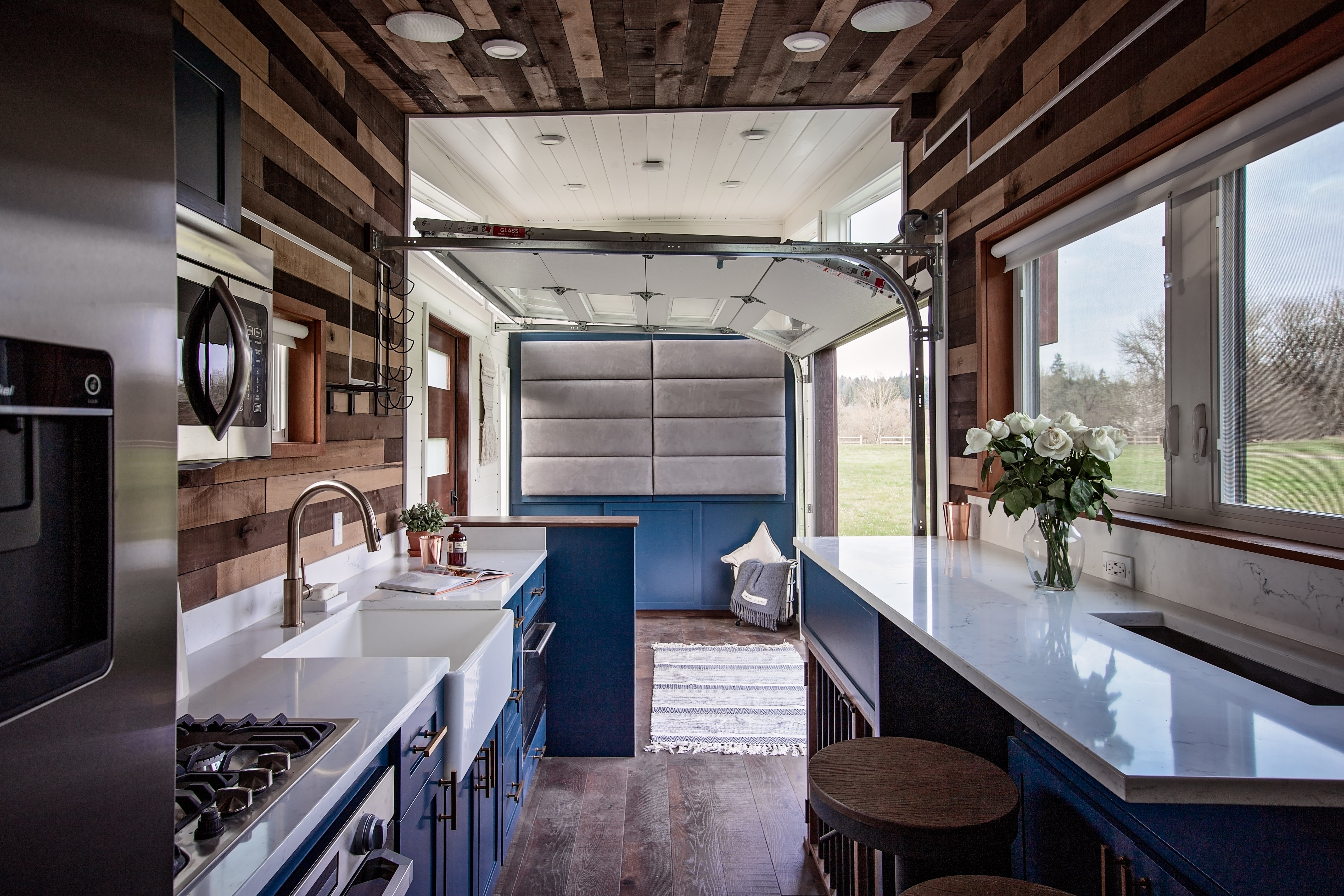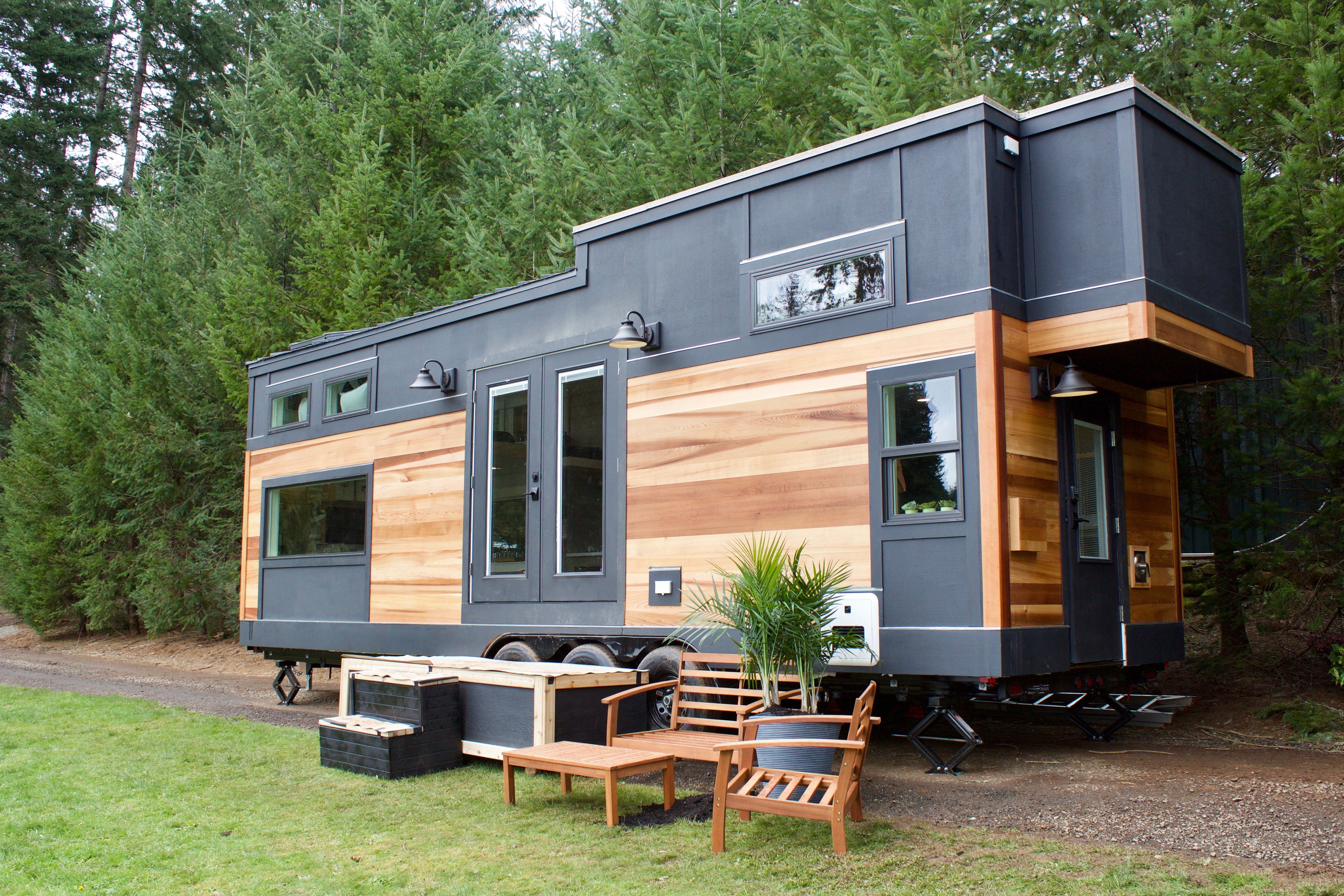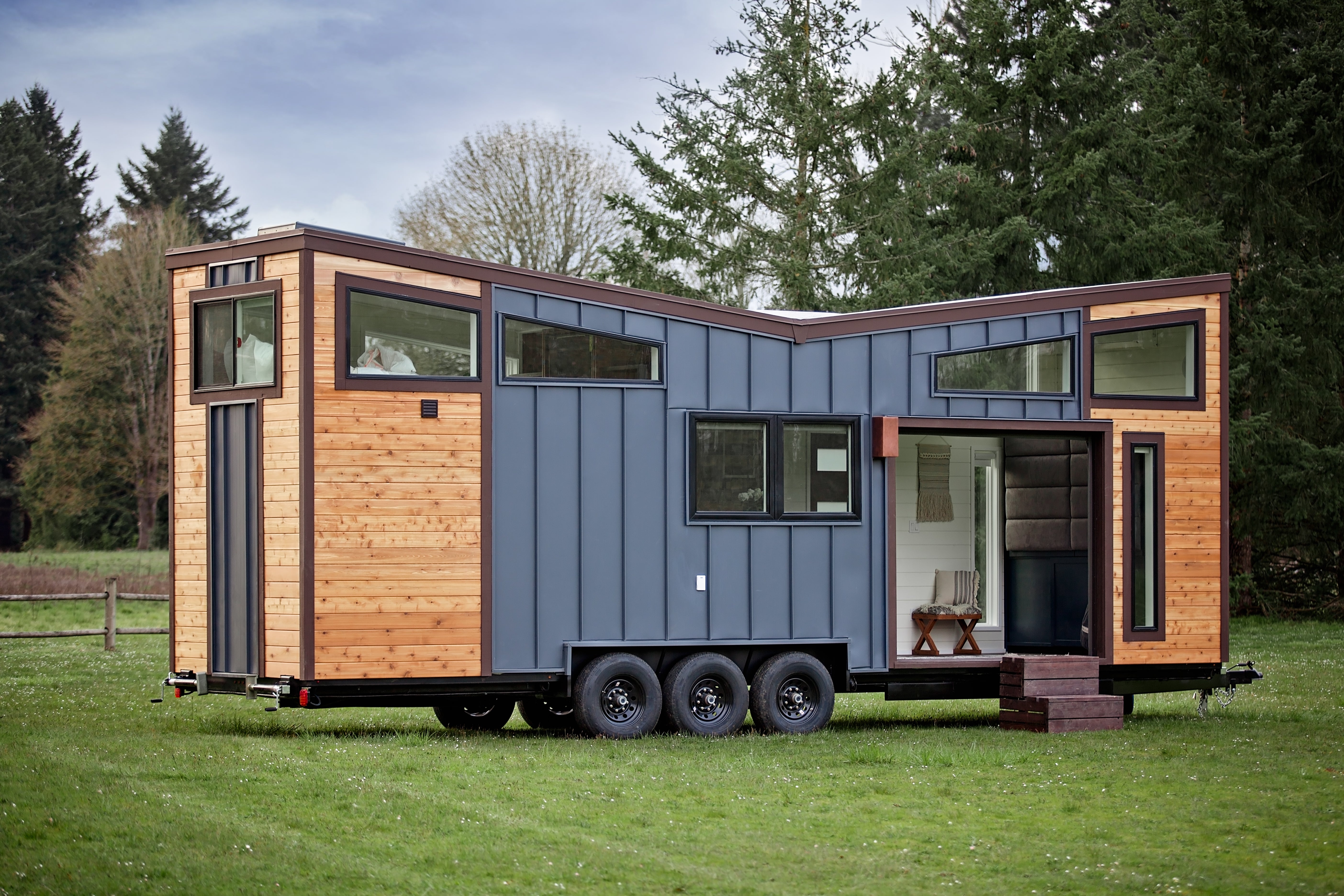Tiny homes have become a popular trend for those seeking a minimalist lifestyle, offering an opportunity to downsize while maintaining comfort and functionality.
One of the challenges that comes with living in a smaller space is ensuring that you have the right tools and materials on hand for simple repairs and maintenance. Every tiny home owner should be prepared for the unexpected and keep a carefully curated collection of important supplies.
This guide outlines the must-have items for tackling common household repairs in your tiny residence, building resilience, and keeping everything running smoothly.
Basic Tools for the DIY Enthusiast
A well-stocked toolkit is the backbone of any tiny home repair effort. Start with essentials, such as a hammer, screwdrivers, and pliers. These tools allow you to tackle many minor issues, from hanging pictures and assembling furniture to fixing loose hinges. A quality hammer is indispensable, while a range of screwdrivers, both flat-head and Phillips, is necessary for various tasks.
Pliers come in various types, with needle-nose pliers being particularly useful for manipulating small objects in tight spaces. In addition to these basics, make sure to include a tape measure, as accurate measurements prevent mistakes that could waste materials and time. Invest in a level and a utility knife for another layer of precision and efficiency in your projects.

Fasteners and Adhesives
Fasteners play a key role in repairs when assembling or maintaining furniture and fixtures. Stocking up on a variety of fasteners and screws ensures that you can replace or secure items as needed. As explained by experts from Screws and Fasteners, it's wise to keep different types of screws, wood screws, machine screws, and self-tapping screws, so you're prepared for any repair task. Besides screws, retaining a selection of nails, wall anchors, and brackets will broaden your repair capabilities.
Having adhesives such as glue and epoxy can be beneficial for reinforcing connections or making rapid repairs for hinge placements, furniture breaks, or household decor elements. A strong adhesive can often save the day, allowing you to connect items without the need for visible fasteners.
Plumbing Supplies for Emergencies
Even tiny homes can face plumbing issues. Keep basic plumbing supplies on hand to handle emergencies, such as a leaky faucet or a clogged drain. A plunger is a must-have for dealing with blockages, while a pipe wrench can provide leverage when tightening or loosening pipes. An adjustable wrench will come in handy to tackle various sizes of fittings and fixtures.
Having Teflon tape can help ensure a watertight seal on threaded connections. If you have an existing plumbing setup in your tiny home, consider keeping extra washers, O-rings, and hose clamps, which can be simple to replace and save you from more significant issues down the line.

Electrical Repairs Made Easy
Electrical issues can arise in tiny homes, particularly with the limited space for wiring, while accommodating safety codes. Equip your toolkit with wire strippers, electrical tape, and a multimeter. Wire strippers are critical for making clean cuts without damaging the wire itself, while electrical tape helps insulate electrical connections.
A multimeter is invaluable for diagnosing electrical problems, as it can test for continuity or voltage levels and help you pinpoint issues more efficiently. Always keep spare bulbs handy, along with any specialty bulbs your fixtures might use. Having necessary replacement items allows you to maintain a well-lit and safe living environment.
Paint and Finishing Supplies
Maintaining and personalizing your tiny home often involves adding a fresh coat of paint or applying finishes to wood surfaces. Make sure to keep painting tools, including paintbrushes, rollers, and painter's tape. Choosing the right paint for each project is crucial. Find good quality options that are made for specific materials, such as wood or metal.
Don’t overlook the importance of cleaning and preparing surfaces before painting. Keeping sandpaper and wood filler within reach will allow you to smooth and prep any rough spots effectively. Paint can transform your tiny home, making it feel more spacious through light colors or providing a cozier atmosphere with darker shades.
Organizing Your Repair Inventory
Organizing your repair supplies is vital to ensure their easy accessibility when they are needed. Designate a specific area or storage solution where you can keep your tools and materials. A utility cabinet or storage bins can help keep everything in order and prevent clutter.
Label your supplies clearly, so you can quickly find what you need during repairs. Regularly audit your inventory to make sure you have adequate supplies, and replace anything that has run low. While a small space may feel limiting, creating an organized repair station will save time and bring peace of mind.
Safety Gear for Secure Repairs
No repair kit is complete without the right safety equipment. Tiny homes may have limited space. Accidents can still happen during maintenance projects. Safety gear, such as gloves, safety goggles, and a dust mask, should always be part of your repair inventory. Gloves protect your hands from sharp edges and splinters, while goggles shield your eyes from debris during cutting or sanding.
A dust mask is useful when working with wood, paint, or other materials that generate airborne particles. By prioritizing safety, you can perform repairs with confidence and reduce the risk of injury.

Seasonal Maintenance Essentials
Tiny homes, like traditional houses, require seasonal upkeep to remain functional and comfortable. Keep items like weatherstripping, caulk, and insulation tape on hand to prepare your home for colder months, preventing drafts and reducing energy costs. In warmer months, screen patches and sealants can help you maintain ventilation while keeping pests out. Having these seasonal supplies ready ensures that your tiny home remains resilient throughout the year, regardless of changing weather conditions. Proactive seasonal maintenance safeguards your comfort and extends the lifespan of your home.
Living in a tiny home comes with unique advantages, and it requires a proactive approach to maintenance. By keeping a thoughtfully curated collection of tools, fasteners, plumbing and electrical supplies, paint essentials, and seasonal items, homeowners can address common issues without unnecessary stress or expense. Safety gear further ensures that every project can be tackled securely, no matter the scale. Staying organized and consistently updating your inventory allows you to remain ready for unexpected repairs while maximizing the limited space available.
Being prepared empowers tiny home owners to maintain independence, reduce reliance on outside help, and preserve both the comfort and functionality of their homes. A well-maintained tiny home extends the lifespan of your investment and enhances the joy of minimalist living, giving you the confidence that your space will remain resilient and welcoming for years to come.






Share: